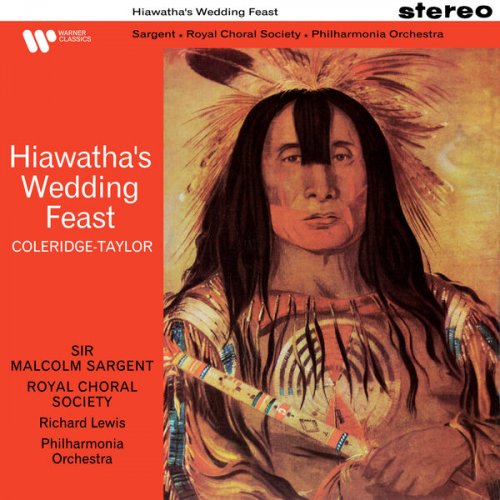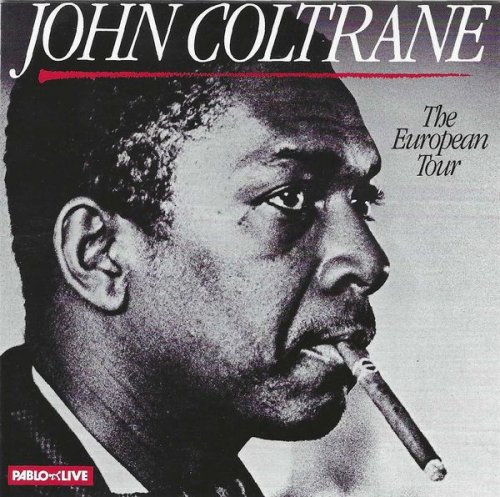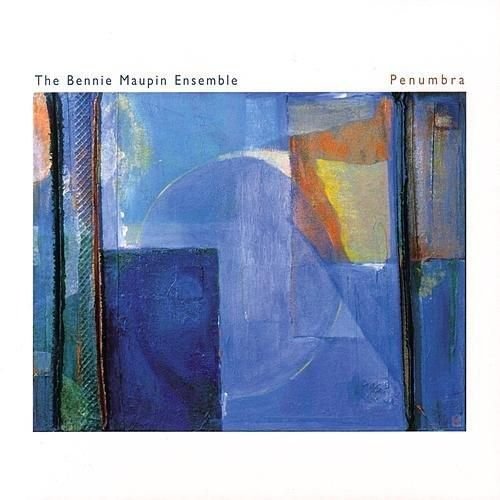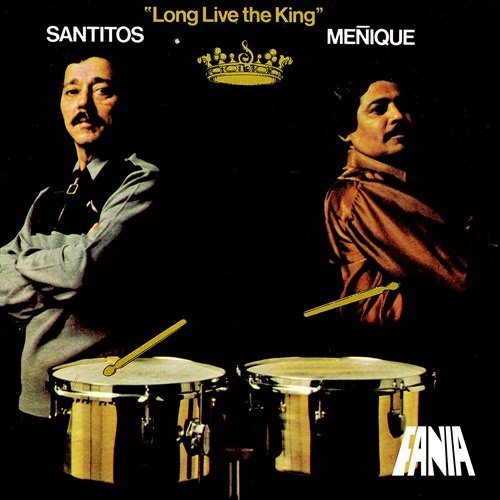Sir Malcolm Sargent - Coleridge-Taylor: Hiawatha's Wedding Feast, Op. 30 No. 1 (2025)

Artist: Sir Malcolm Sargent
Title: Coleridge-Taylor: Hiawatha's Wedding Feast, Op. 30 No. 1
Year Of Release: 2025
Label: Warner Classics
Genre: Classical
Quality: FLAC (tracks)
Total Time: 31:38
Total Size: 161 MB
WebSite: Album Preview
Tracklist:Title: Coleridge-Taylor: Hiawatha's Wedding Feast, Op. 30 No. 1
Year Of Release: 2025
Label: Warner Classics
Genre: Classical
Quality: FLAC (tracks)
Total Time: 31:38
Total Size: 161 MB
WebSite: Album Preview
1. The Song of Hiawatha, Op. 30: No. 1, Hiawatha's Wedding Feast: I. You Shall Hear How Pau-Puk-Keewis (6:52)
2. The Song of Hiawatha, Op. 30: No. 1, Hiawatha's Wedding Feast: II. Then the Handsome Pau-Puk-Keewis (1:54)
3. The Song of Hiawatha, Op. 30: No. 1, Hiawatha's Wedding Feast: III. He Was Dress'd in Shirt of Doe-Skin (2:25)
4. The Song of Hiawatha, Op. 30: No. 1, Hiawatha's Wedding Feast: IV. First He Danc'd a Solemn Measure (3:24)
5. The Song of Hiawatha, Op. 30: No. 1, Hiawatha's Wedding Feast: V. Then Said They to Chibiabos (2:52)
6. The Song of Hiawatha, Op. 30: No. 1, Hiawatha's Wedding Feast: VI. Onaway! Awake, Beloved! (5:40)
7. The Song of Hiawatha, Op. 30: No. 1, Hiawatha's Wedding Feast: VII. Thus the Gentle Chibiabos (1:31)
8. The Song of Hiawatha, Op. 30: No. 1, Hiawatha's Wedding Feast: VIII. Very Boastful Was lagoo (5:18)
9. The Song of Hiawatha, Op. 30: No. 1, Hiawatha's Wedding Feast: IX. Such Was Hiawatha's Wedding (1:48)
The name of Hiawatha's Wedding Feast cantata may not mean much to today's music lovers, apart from a few enthusiasts, but you have to imagine that up until the last war, before the work and its composer fell into oblivion, this superb score was one of the most famous and frequently performed choral pieces in the United Kingdom. Samuel Coleridge-Taylor, then barely twenty-three, had suddenly burst onto the scene in a British musical milieu that was still somewhat conservative, and caused a sensation with this fresco inspired by the native American myths put into words by Longfellow (a poem that is said to have inspired Dvořák when writing his “Symphony from the New World”!) The first part, Hiawatha's Wedding Feast, is particularly famous, and was first recorded in 1930 under the baton of Sir Malcolm Sargent. The conductor, who was particularly fond of this work, repeated the experiment at the head of the Philharmonia Orchestra some thirty years later to give a reference version, made available for the first time for the celebrations around the composer’s 150th anniversary.
![Brad Keeghan - Brad Keeghan (2025) [Hi-Res] Brad Keeghan - Brad Keeghan (2025) [Hi-Res]](https://www.dibpic.com/uploads/posts/2025-12/1766078373_cover.jpg)





![Joshua White - Flora and Fauna: 9 Preludes for Solo Piano (2025) [Hi-Res] Joshua White - Flora and Fauna: 9 Preludes for Solo Piano (2025) [Hi-Res]](https://img.israbox.com/img/2025-12/19/1w90raxdb6ohgwszk3wk3pfts.jpg)
![Bobby Meckam - Trumpet and Jazz in Strings (1981/2025) [Hi-Res] Bobby Meckam - Trumpet and Jazz in Strings (1981/2025) [Hi-Res]](https://www.dibpic.com/uploads/posts/2025-12/1766062047_cover.jpg)
